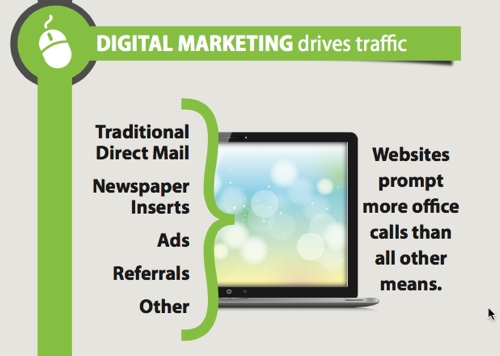Enhancing Understanding: Resolving Auditory Processing Issues In Dyslexia
Enhancing Understanding: Resolving Auditory Processing Issues In Dyslexia
Blog Article
Personnel Author-Lysgaard Mccormick
When you think about the challenges that dyslexic students deal with, it's clear that acoustic handling problems commonly play a considerable function. You might ask yourself how tailored techniques can bridge the gap in between acoustic guidelines and understanding. By incorporating visual help and breaking tasks right into convenient steps, you might enhance emphasis and understanding. However, the options don't quit there. What various other methods can create a truly helpful understanding atmosphere that promotes success and confidence?
Comprehending Dyslexia and Auditory Processing
Dyslexia impacts roughly 1 in 5 people, making it among one of the most common learning disabilities. If auditory processing disorder navigating dyslexia, you may discover that it does not just influence analysis and writing; it can likewise influence how you process auditory information.
Acoustic handling refers to exactly how your mind analyzes noises, consisting of language. When you struggle with this, it can lead to challenges in recognizing talked instructions and following discussions.
You might see that you commonly misinterpret what you listen to or that it takes much longer for you to react in conversations. This isn't a reflection of your knowledge; it's a certain difficulty related to refining auditory signals.
Recognizing this connection is vital since it aids clear up why you might excel in visual tasks while encountering hurdles in jobs that rely upon acoustic understanding.
Identifying these challenges can empower you. By understanding the ins and outs of dyslexia and auditory processing, you can much better support for your demands, whether in educational settings or social situations.
It's essential to acknowledge these problems so you can seek the right support and strategies in the future.
Effective Methods for Support
Navigating the difficulties of auditory processing can really feel frustrating, however there are effective methods that can aid you grow.
By applying these methods, you can enhance your understanding experience and enhance your capability to process acoustic information.
- ** Use visit my homepage **: Coupling acoustic instructions with visual supports, like charts or layouts, can substantially improve understanding.
- ** Damage jobs right into smaller steps **: Simplifying instructions right into workable portions permits you to focus and process details more effectively.
- ** Exercise energetic paying attention **: Engage in workouts that urge you to pay attention diligently, such as summarizing what you've listened to or asking questions for information.
- ** Include innovation **: Use apps or software application developed to aid with acoustic handling, such as speech-to-text devices or audiobooks, to reinforce discovering.
Creating Encouraging Learning Settings
Creating a helpful knowing environment is important for assisting people with auditory processing difficulties do well. Start by minimizing interruptions in your classroom or learning room. Usage acoustic panels or soft furnishings to take in noise, which can help students concentrate much better. Make certain seating plans allow for clear sightlines to the instructor and any aesthetic help.
Next, incorporate clear and succinct interaction. Talk gradually and utilize basic language, looking for recognizing regularly. Motivate students to ask concerns if they're not sure. Aesthetic aids like charts, representations, and composed guidelines can improve comprehension and retention.
Additionally, foster a culture of perseverance and understanding amongst peers. Teach students regarding acoustic handling problems, promoting empathy and support. Group activities can be beneficial; just ensure that roles are clear which pupils work together to support each other.
Lastly, offer routine responses. Celebrate progress and achievements, no matter how little. This encouragement develops confidence and enhances the concept that learning is a journey.
Conclusion
In your trip to improve learning for people with dyslexia, think of each method as a stepping stone throughout a river. By weaving together auditory and aesthetic aids, damaging jobs right into bite-sized items, and supporting a supportive atmosphere, you help develop a bridge to understanding. Bear in mind, fostering compassion among peers and engaging households can light the course to success. With persistence and commitment, you'll encourage students to overlook difficulties, changing their struggles into strengths.
